The PL 350 kit has been one of the most trusted, high performing electric bike conversion options available to enthusiasts and manufacturers for many years. It offers enough power to quickly accelerate to 20mph and can easily climb hills in throttle mode while maximizing range with regenerative braking. This conversion kit comes in three configurations focused on power and distance or reduced range at a lower price point. Overall, it’s durable and feature rich but will cost you more than some other kits, and is a bit more involved to install. The primary benefit is that it allows you to focus on finding the perfect bicycle for yourself first and then electrify it later.
The PL350 name denotes the 350 watt rear hub motor that is at the heart of this kit. It’s brushless and gearless meaning it will coast with minimal friction and have fewer parts to wear out over time than an equivelent geared hub motor option. It can also take advantage of regenerative braking and comes with a neat “negative mode” built right in to the computer so you can use the motor almost like an engine brake when coasting down hills to charge the battery. While we’re on the subject of names, the DT and RR letters for these kits denote “down tube” or “rear rack” battery mounting option.
This kit is flexible and will fit most bikes because it’s available in three wheel diameter options including 20″, 26″ or 700c which is equivalent to 29″. That’s great because it means you can use it with a folding bike, a mountain bike, a recumbent bike or even a road bike! The rims themselves are available in silver or black spoke options to match your setup which is nice.
Whether you choose the BionX PL 350 in RR M, RR L or DT L the motor stays the same. What changes is the battery size and mounting configuration as touched on earlier. the battery setup is what makes this kit really versatile but also potentially confusing at first. Why are there three versions of the BionX 350 kit? It’s mostly so you can optimize for distance and bicycle frame style. Here are the three options and a quick rundown on what each offers:
- PL 350 HT DT L: Offers mid-frame or “down tube DT” battery mount designed to distribute weight evenly across the frame. Battery is 37 volt with 9.6 amp hours of range at just 8.8kg (19.4lb)
- PL 350 HT RR L: Offers “rear rack RR” battery design with the same battery specs as the HT DT L and just mounts on a rear metal rack which adds some weight .4 kg (3.1 lb) and makes the bike rear-heavy. This may be your best option if your bike is a step-through design or recumbent because the mid-frame pack may not fit on your frame.
- PL 350 HT RR M: Positioned for value, this kit has fewer amp hours at 6.4ah so it just won’t go as far as the other two. It’s only available in the rear-rack design and weighs 9.3kg (20.5 lb) total which is in between. The primary benefit of this version is that you’ll save money.
The first picture below shows the DT (down tube) option with the gray triangle pack and the second picture shows the RR (rear rack) option which mounts to a metal rack. If you choose the second option make sure your bike has threaded eyelets for mounting a rack.
My personal favorite setup is the PL 350 HT DT L kit because it offers the best performance in both power and range and mounts to the downtube instead of a rear rack. Bolt-on rear racks can get rattly over time and position more weight at the rear end of the bike making them harder to lift, mount on cars and easier to slide out when going around corners. This is because the hub motor is also heavy so now you have two heavy systems both positioned at the back of the bike. Many purpose-built electric bikes have their rear racks welded onto the bike frame vs. bolted on because it makes them more durable. While this is impossible for an after market kit like the BionX, it also makes them heavier so what you get here from BionX is a decent solution.
Regardless of which battery size and mounting option you choose, the computer for this kit is the same and it’s great. It lets you select from throttle mode where you don’t have to pedal the bike or pedal assist mode where the bike matches or multiplies your pedaling input and a negative regen-mode that applies resistance in the rear hub motor while converting your mechanical energy back into electricity to charge the battery. I’m a big fan of this third option because it not only saves your brakes when coasting down hills, it takes the thinking out of regeneration vs. other bikes where you actually have to apply the brakes to activate it. Just click the down button on the LCD console and you go from pedal assist to throttle and then down into the four regen options, the lowest one slows you down the most while adding the most energy back into the battery.
The PL 350 ranges in price from $1,499 to $1,799 depending on which battery configuration you choose and that may double the overall price of your bike. These kits are expensive but they are also very high quality and offer more features than almost any other electric bike conversion kit out there. Unlike some other kits, they mount to the rear wheel which applies force more naturally to the frame. This is great once you’ve got the kit installed but the installation process itself takes more time and is much more involved. In addition to running wires around your frame you have to setup the rear cassette gears and make sure they all align properly with the chain. The most challenging bit though, is setting up the regenerative brake sensor on the bicycle brake lever. Many shops will let you pay them to add this kit directly to your bike but that could cost upwards of $100 thus adding even more expense to the conversion.
I’m often torn when it comes to these kits because it feels like you end up spending as much money as if if you had bought a fully assembled electric bike from the start. It really depends on the individual, if you’re tech savvy and enjoy tinkering, this could actually be a lot of fun. If you care a lot about the ride or setup of a specific bike that can’t be matched by a purpose built ebike, then this kit could be your best option. But if you aren’t into DIY or don’t have space and tools then this could be a real pain. If you like the design and features BionX offers, check out one of the pre-built electric bikes that leverage their technology. The GRACE Easy comes out later this year in the US and uses BionX hardware to power its bike. Note that it does not offer throttle mode, only power assist, but it’s a beautiful looking bike and you’ll save the headache of installation.
Whichever version of this kit you decide on you’ll be getting technology that is feature rich and high quality backed by a solid brand. I do recommend it and am very happy with the performance and durability over less expensive front wheel kits, it’s just a bigger investment of time and some awareness for what you’re getting into. I personally prefer working with bike shops to have them install vs. trying to do it myself because my tools and space are limited. Good luck!
Pros:
- Works with almost any bike, multiple wheel sizes and rear rack or mid frame battery design
- Battery can be charged on or off the bike
- Battery locks to bike to deter theft
- Hub motor runs very smoothly and quietly because it is gearless and brushless
- Built in regenerative braking with “negative mode” for recharging going down hills
- System offers pedal assist, throttle mode or recharge mode, computer is easy to use
- Rear-wheel hub motor exerts force onto the part of the frame that is designed to handle it vs. front hub designs
- Pedal assist responds to torque vs. bottom bracket sensor making it easier to install and more responsive
- Works with disc brake setups as well as v-brakes
Cons:
- If you choose the mid-frame battery pack design it will take up the spot where your water bottle would mount
- If you choose the rear-rack battery design it makes the bike rear-heavy, harder to lift
- This kit is more expensive than other conversion kits but does provide a lot of features
- Can be a hassle to install, especially for non-bike friendly people or those without stands
- Throttle and computer may not mount as easily to road bikes with drop handle bars due to shape and size of tubes and grip tape
- The system requires riders to reach two miles per hour when pedaling before throttle will engage
- Kit is clean overall but the wires will not be integrated as with some fully built ebikes, can be more vulnerable and look tacky
- Does not include built in lights, this requires separate systems and batteries to manage vs. fully integrated solution
- Kit is only compatible with 135 mm axle size so check your mountain bikes carefully or bikes with thru axles
Resources:
- Official Site: http://ridebionx.com/
- Official FAQ: http://ridebionx.com/services/faq-ebike/
- More Pictures: https://goo.gl/photos/YzPtduvaQznTADfB7




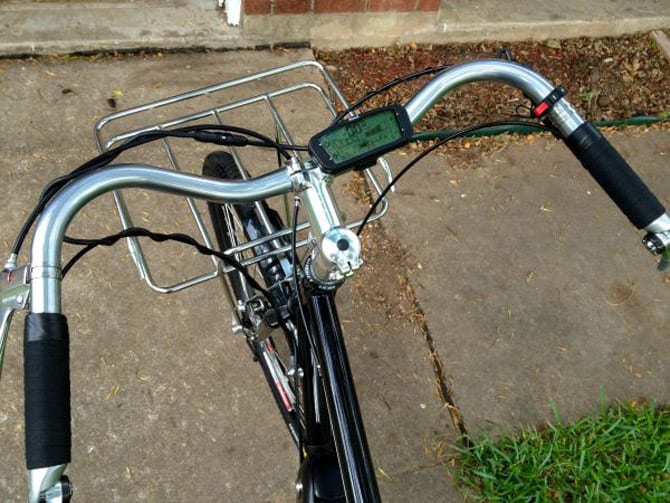
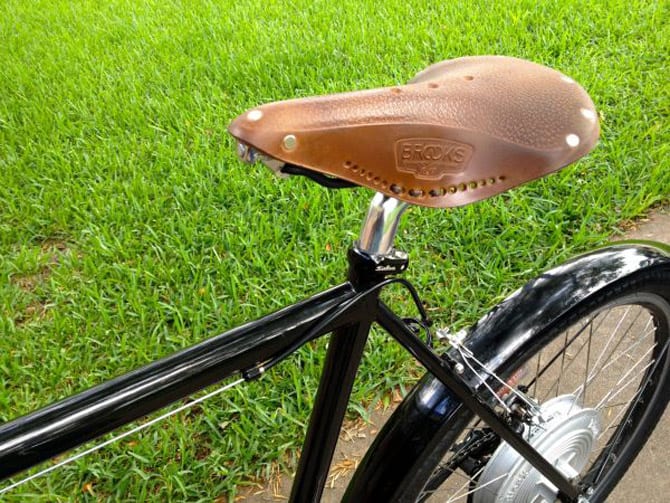
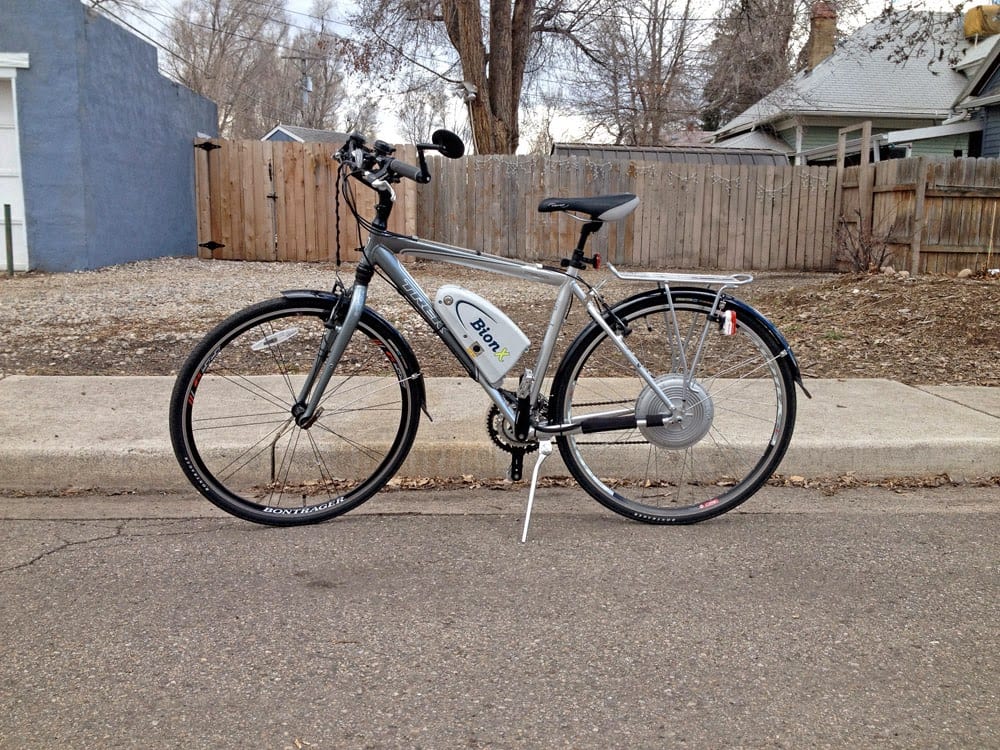

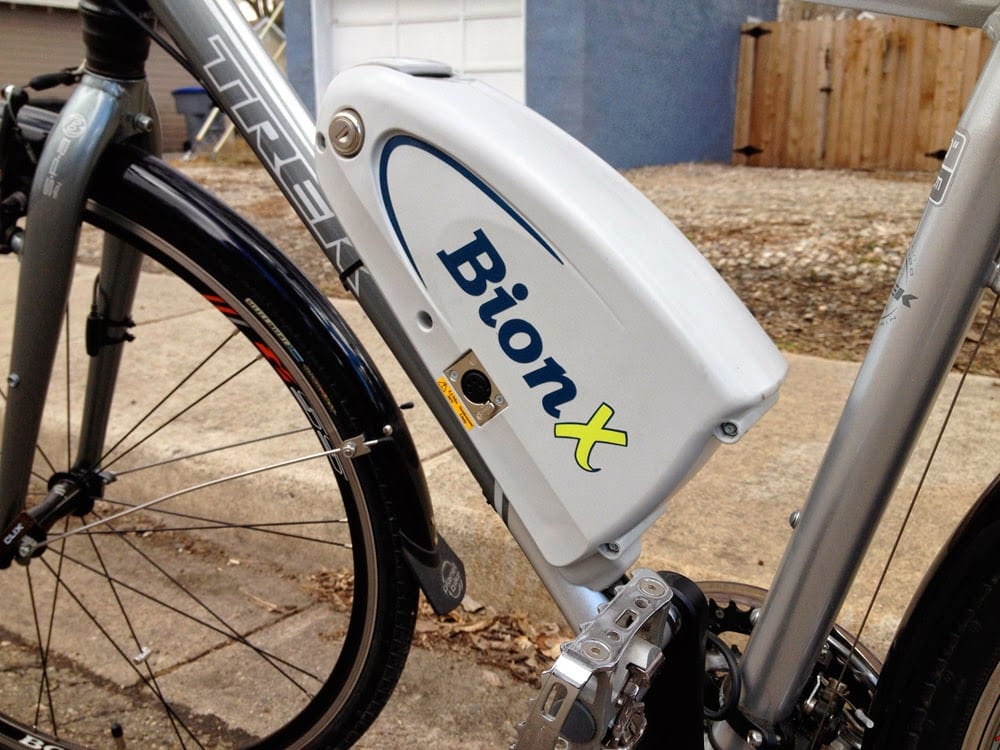
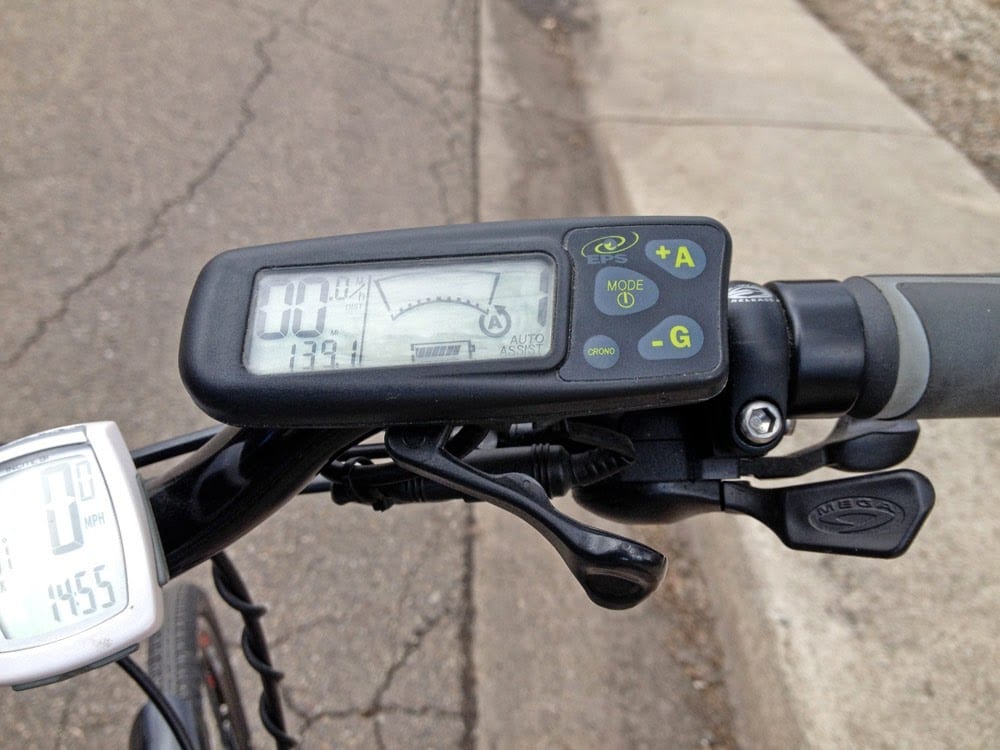
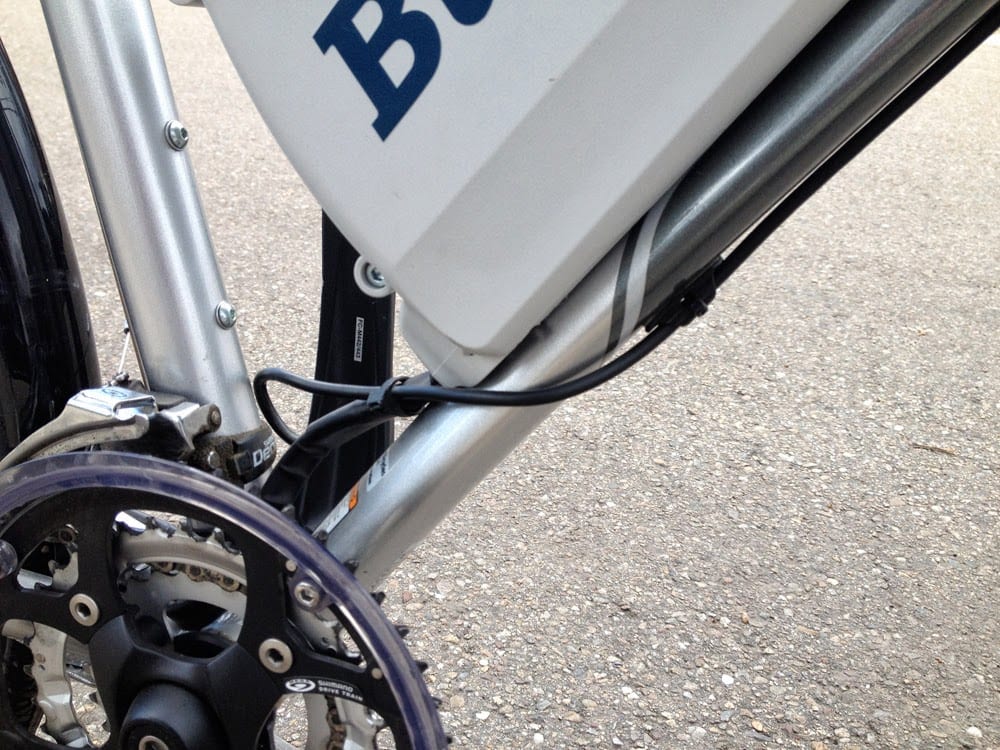



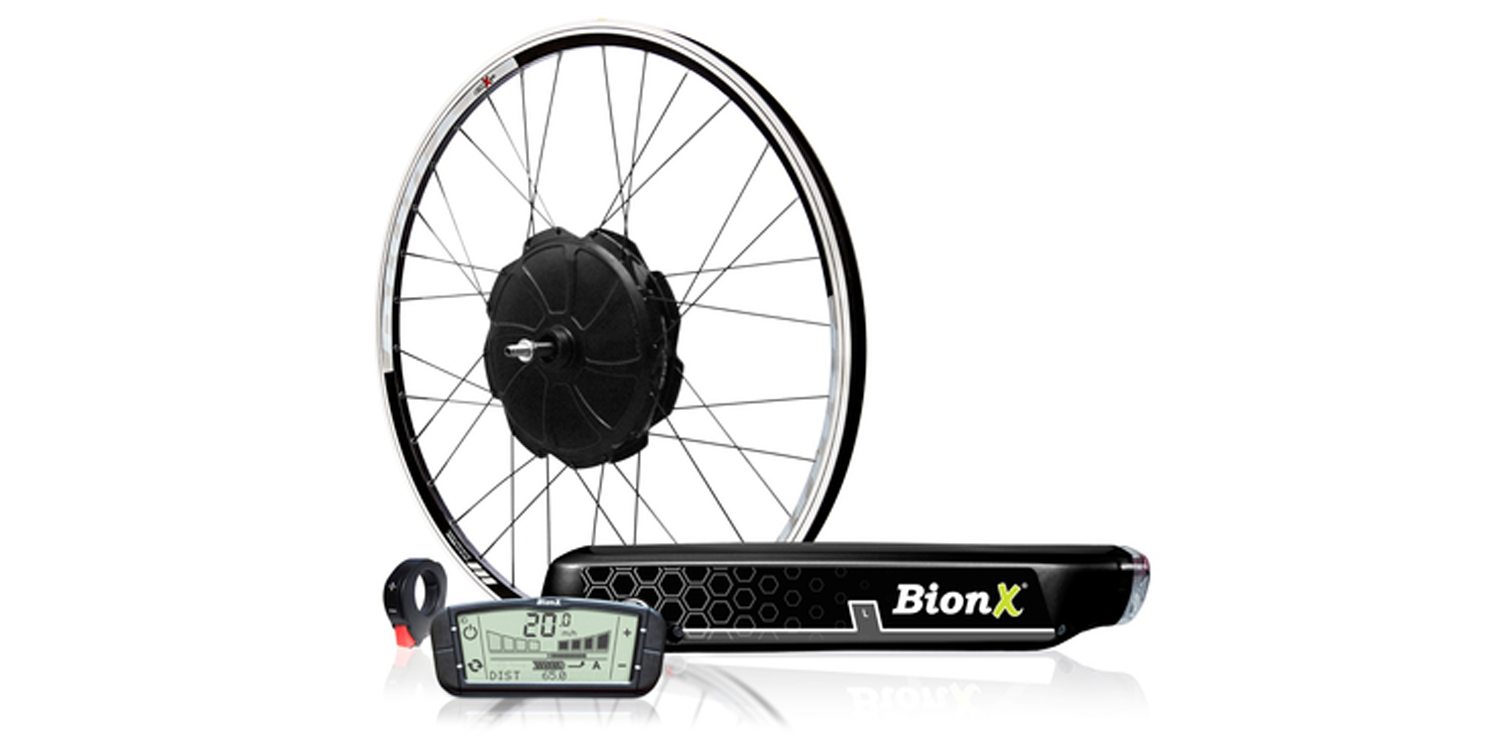
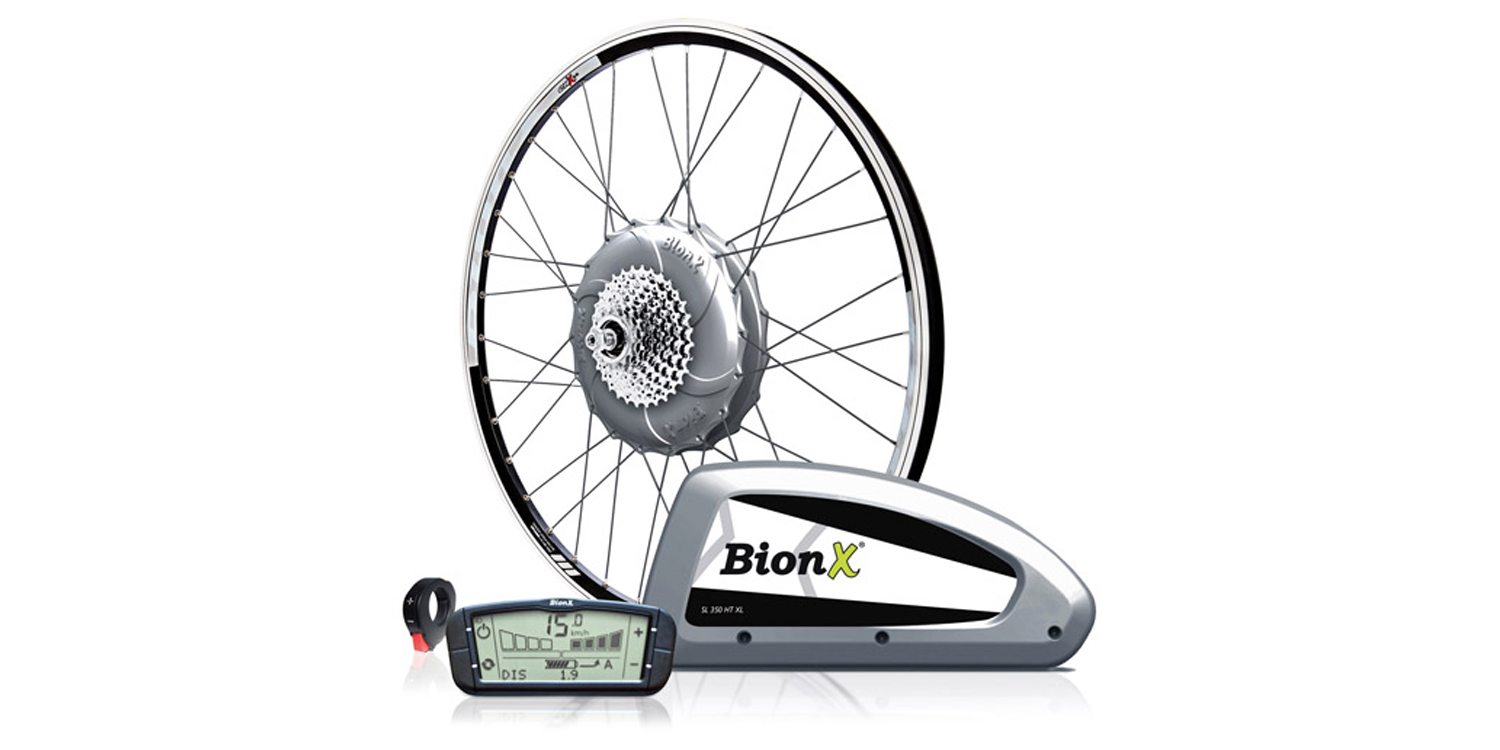
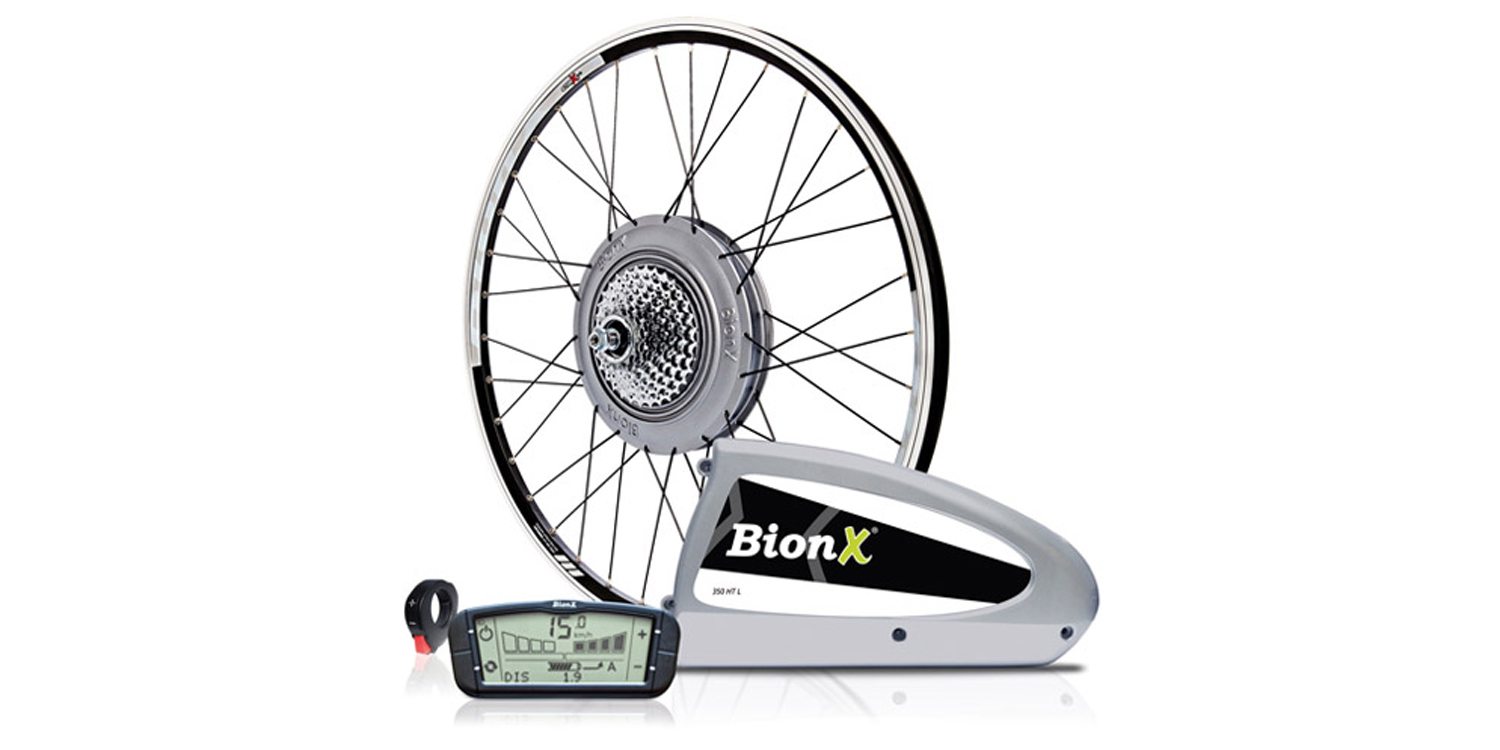
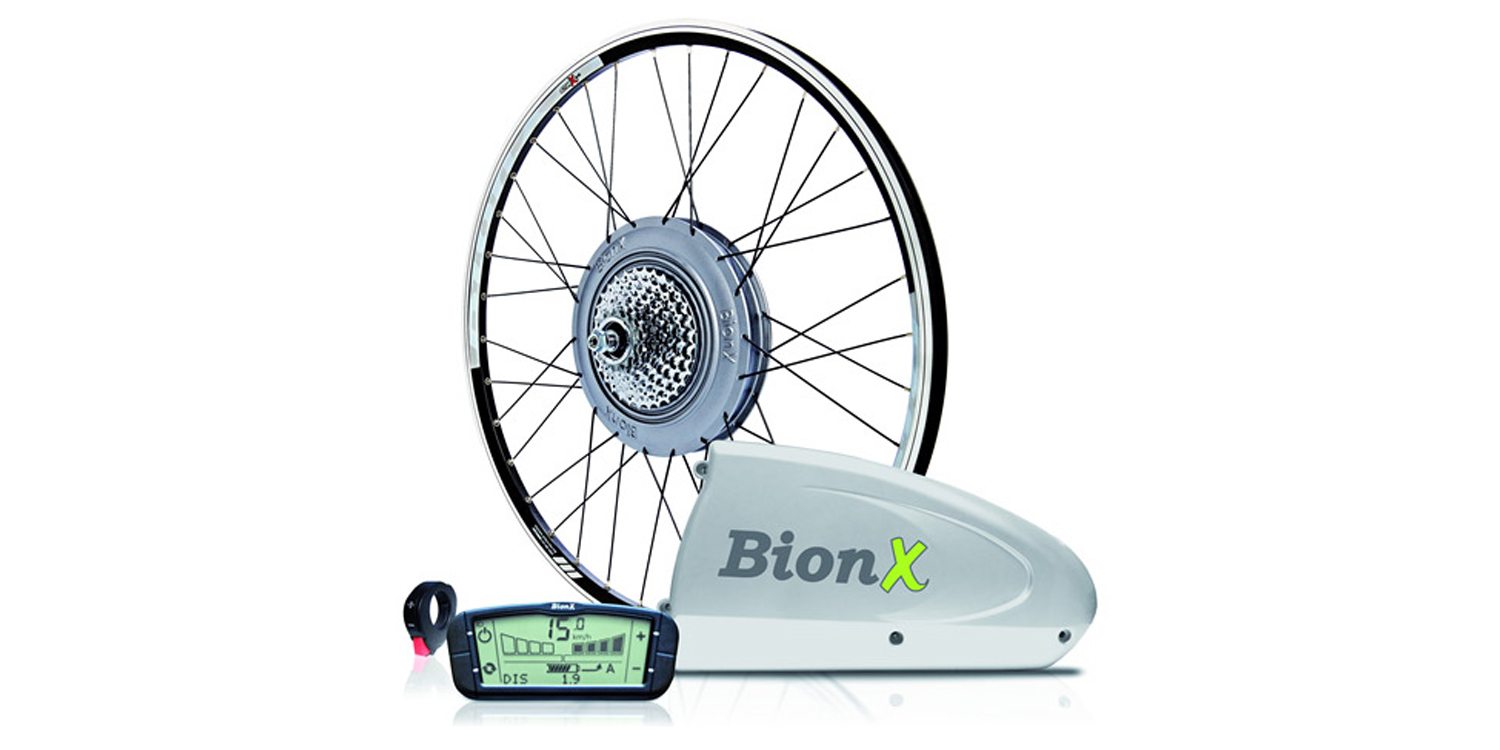
Reader Interactions